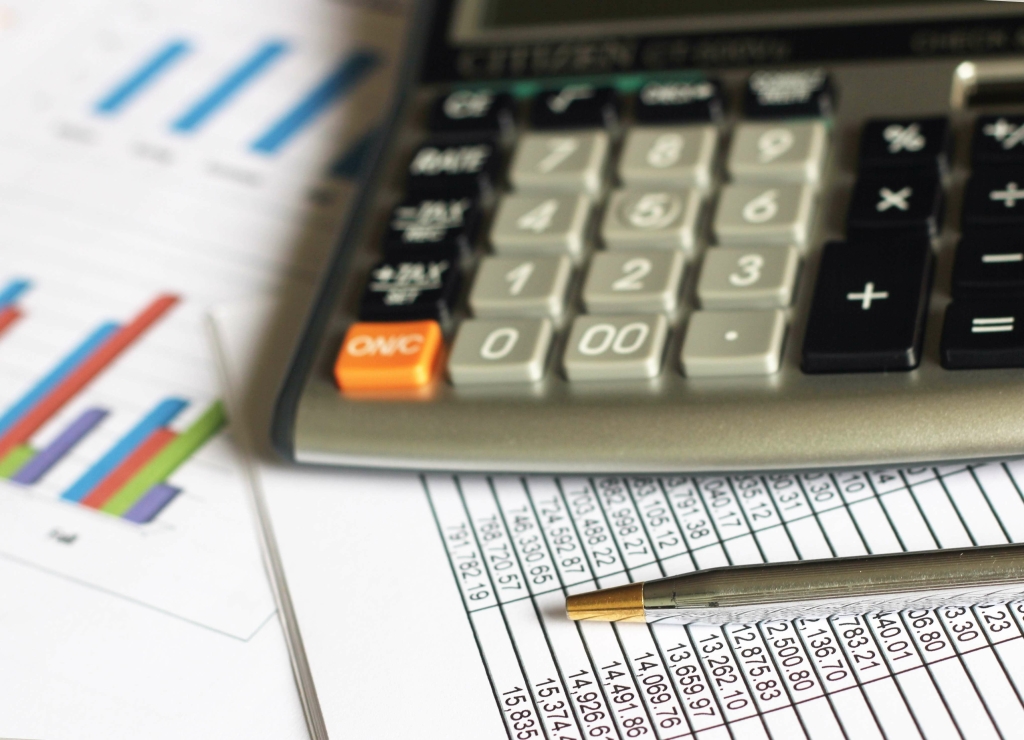
It encompasses material costs, labor costs, and manufacturing overhead, adjusted for the change in work-in-progress inventory. Prime cost is the total manufacturing cost excluding the value of direct materials. Prime cost can also be defined as the sum of direct labor costs, factory burden (overhead) and material conversion costs. The COGM schedule is a part of the financial statement of a business that shows the total cost incurred by a company to https://www.instagram.com/bookstime_inc manufacture goods during a specific period, typically a month or a year.
- The ideal selling price should be at least greater than $7 to make a profit since it needs to account for both COGS and the additional indirect costs like marketing and shipping.
- COGS is a financial accounting measure representing the direct costs of producing and selling goods.
- To calculate cost of goods manufactured, you first need to determine all your production costs and WIP inventory.
- COGS and operating expenses are different sets of expenditures incurred by the business in running their day-to-day operations.
- Unleashed manufacturing inventory software simplifies and accelerates the calculation of COGM by automating data capture, leading to more accurate and timely insights into manufacturing costs.
COGM vs. COGS
- It provides a clear picture of the total production costs and is vital for various financial decisions.
- This includes things like excess materials, defective products, and unused packaging.
- To produce a bath soap, your company has to spend approximately $5 per soap on ingredients such as soap base, fragrance, and additives.
- The perpetual inventory system provided by modern manufacturing software eliminates big chunks of arduous work from accounting while also reducing or negating data entry errors.
- Only after the cost of goods manufactured is calculated can a company compute its cost of goods sold.
Manufacturing overhead refers to the indirect costs that a company incurs during production over a specific period. However, production software such as a capable manufacturing ERP system continuously tracks all manufacturing costs and inventory movements and calculates both COGM and COGS automatically. This means that a company need not wait until the end of accounting periods to find out these crucial financial metrics. It also means that approximate calculations are replaced by real, data-based numbers, increasing the accuracy of financial statements.
Do you own a business?
Calculating COGM helps businesses to make pricing decisions and evaluate the efficiency of the manufacturing process. Note that COGM calculations only consider expenses connected to the manufacturing process; COGM doesn’t include indirect expenses, such as raw materials purchased in bulk and used to make many different products. Other business expenses without connection to manufacturing, such as HR administrative expenses or marketing costs, also would not factor into a COGM value. The Cost of Goods Manufactured (COGM) is a pivotal metric in manufacturing and accounting, representing the total cost incurred for producing goods that are completed within a specific accounting period.
- Manufacturing costs refer to any costs incurred during the process of manufacturing a finished product and include the 1) cost of raw materials, 2) direct labor, and 3) overhead costs.
- As we have seen, the total manufacturing cost and cost of goods manufactured are very similar metrics.
- The difference between the cost of goods manufactured and the cost of goods sold (COGS) lies in their timing and purpose in the production and sales process.
- Examples of businesses using the cost of sales are business consultants, attorneys, and doctors.
- Get automatic manufacturing cost calculations with Katana, including live inventory management, real-time production planning, and more essential manufacturing features.
- The COGM Calculator helps you calculate this key financial figure by considering all relevant manufacturing costs.
An Example of Cost of Goods Manufactured (COGM) Calculation in Action
For the 120 remaining items in inventory, the value of 20 items is $15/item, and the value of 100 items is $20/item. If your company can find other suppliers of soap ingredients that you can only spend $4 on ingredients per bath soap, then the COGS will be reduced to $6 per bath soap. Lowering COGS is one way to increase the gross profit of your company since COGS are variable costs. To produce a bath soap, your company has to spend approximately $5 per soap on ingredients such as soap base, fragrance, and additives. Our writing and editorial staff are a team of experts holding advanced financial designations and have written for most major financial media publications. Our work has been directly cited by organizations including Entrepreneur, Business Insider, Investopedia, Forbes, CNBC, and many others.


Because the closing carrying balance is used as the starting balance for the following period, it belongs to the previous accounting period. The general planning and clarity of an organization is also supported by COGM. Additionally, it helps in tracking business development, keeping better financial records, and helps to better manage their inventory. COGM is a helpful tool for getting a comprehensive grasp of your production costs. You can improve the bottom line by making necessary modifications with the knowledge of COGM. Every aspect of their firm must be fully understood by any ambitious business owner.
The COGM journal entry records the costs incurred by a company during the manufacturing process. This entry is crucial for accurately reflecting the manufacturing expenses in the company’s accounting records. By following this calculation, you can determine the total cost incurred to manufacture goods during cost of goods manufactured calculator a specified period and gain valuable insights into your production expenses.

- The cost of goods manufactured (COGM) metric is essential for maintaining profitability and efficiency in a manufacturing business.
- Without knowledge of COGM, it is almost impossible for a manufacturer to reduce costs and boost profitability.
- You need to determine the number of finished goods on hand at the end of the previous month.
- The other half of the COGM formula accounts for the work in process or WIP Inventory.
- Yes, the cost of goods sold typically includes the cost of goods manufactured.
Like other inventories, the finished goods inventory has a beginning balance for items it didn’t sell before the year’s beginning and an https://www.bookstime.com/articles/accounting-consulting ending balance for items it can’t sell at the end of the fiscal year. In contrast to merchants, manufacturers have special inventory categories including work-in-process (WIP), raw materials, and finished goods. This represents the total cost incurred by the company to produce the mountain bikes during that month. The perpetual inventory system provided by modern manufacturing software eliminates big chunks of arduous work from accounting while also reducing or negating data entry errors.

Overhead costs are one of the easiest targets to eliminate from the books by companies when seeking to reduce the cost of goods manufactured. Reducing office supplies, building costs, insurance cover, etc., will help reduce expenses. The (COGS) is an essential component that provides a clear picture to business owners and managers about the company’s manufacturing performance.
Leave a Reply